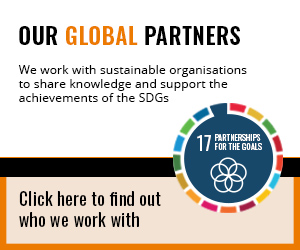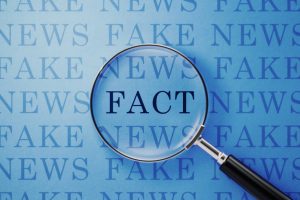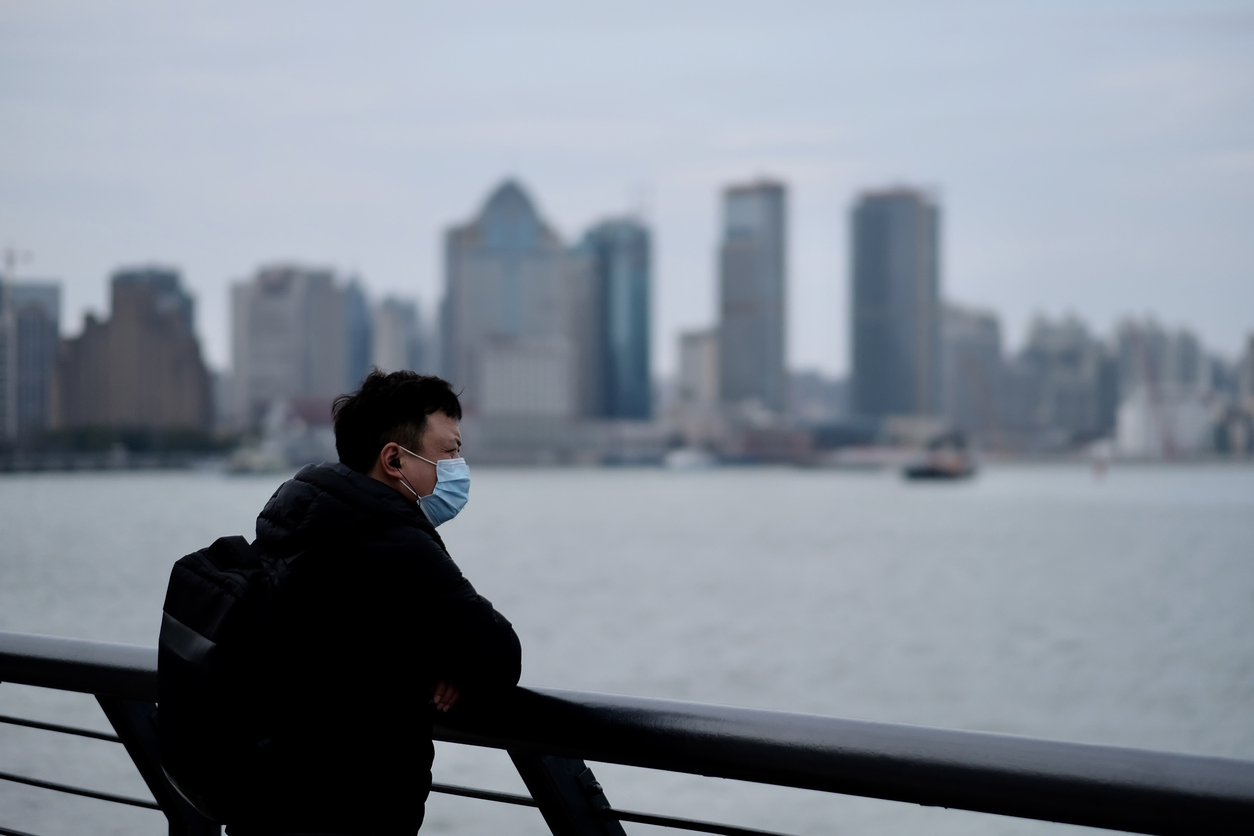As the Boxing day and January sales approach – some of the most popular shopping days of the year – it is a relevant time to consider which fashion retail brands are doing their bit for the environment.
What does it mean to be an ethical brand? When a company meticulously plans how to create products, by causing the least harm to our planet, they can be described as ethical and sustainable.
In other words, there is thought behind the process – from the designing to the making and the materials used – which takes into account more than just profit.
However, consumers are often put off by the extravagant price of designer labels that prioritise sustainability. But shopping with responsible brands certainly does not have to empty your purse.
In order to debunk the myth that only expensive, luxury brands keep the environment in mind, this article highlights the high-street companies who stood out this year (2019) for their sustainability initiatives (based on the claims they make on their website):
High-street
H&M
Founded in 1947, Hennes & Mauritz, more commonly known as H&M, pride themselves on the business concept ‘to offer fashion and quality at the best price in a sustainable way’.
The reasonably priced, Swedish company has a ‘conscious’ branch of clothing, visibly marked with a tag. To qualify for a a green label, these items ‘must contain at least 50% sustainable materials’. You can shop this collection both online and in stores.
As well as this, H&M encourage customers to recycle their unwanted clothes through their service – a scheme which has been in place since 2013. In return, the recycling hero receives a £5 voucher from H&M, as a thank you and as an incentive to contribute to circular fashion.
These sustainable practises are extended into the H&M group, a collection of 8 brands including & Other Stories and COS. They even have a website dedicated to reporting on sustainability, where they share their work to care for the people producing the clothes, and the environment facing the consequences.
Primark
Primark is known for their uniquely low prices. But how much do their actions cost the environment?
The popular Irish retailer boldly advertises: ‘PRODUCTS FOR PRIMARK ARE MADE WITH RESPECT, FOR PEOPLE AND FOR THE PLANET’. They detail the high standards of their production factories, even providing a video tour of one of the places Primark products are made in Bangladesh.
In terms of the planet, Primark pledge to minimise the amount of waste going to landfill, increase awareness about their supply chain and be more mindful about the materials and dyes used in the production process. They also pledged to increase the use of sustainable cotton in their products.
Not forgetting their brown paper bags, Primark also do not provide an online shopping service. Whilst this might be solely due to their low priced products, one thing is certain: the absence of a Primark online shop contributes to sustainability, as they help reduce emissions from shipping and transport.
Superdry
Admittedly, Superdry is a slightly more expensive high-street store, but they provide ‘high-quality products that fuse vintage Americana and Japanese-inspired graphics with a British style’.
In keeping with the theme of sustainable fashion, Superdry prioritise 3 aspects of their business: people, the planet and their products. They launched a Super Responsible 40 project, which involves efforts to accomplish their sustainability goals by 2040.
Already, they are taking action towards fulfilling the 7th UN global goal – affordable and clean energy – in their stores and offices. One of their ambitious yet impressive ideas is to have achieved 100% renewable energy in franchise stores, distribution centres and main suppliers’ businesses.
By 2040, they aim for all apparel to be made from 100% organic cotton, which will benefit farmers, consumers and the planet. As cotton is also a super comfortable material, consumers can feel good and do good.
Mango
Founded in Barcelona, Mango is a reasonably priced fashion retailer, which describes their success as ‘based on an alliance between a quality product, with an original design and a coherent and unified brand image’.
Mango created a Take Action programme, which refers to environmentally-friendly decisions made within the company. They have a committed collection, composed of sustainable products conveniently all in one place.
They describe this initiative as ‘when sustainability and fashion go hand in hand’. By 2022, they aim for 50% of cotton used in their clothes to be sustainable. Already, some of their products embody this goal.
Mango also has a second chances project, where they encourage consumers to ‘recycle your clothes today for a better tomorrow’. This initiative crucially contributes to the circular fashion industry, which is incredibly important for reducing the harm the fast fashion industry currently causes to the environment.
Timberland
Timberland, popular for their signature yellow boots, take their responsibility seriously. They come in as an expensive brand, but they certainly invest in saving the planet.
Timberland have set aside a series of goals for 2020, including the complete removal of PVC (Polyvinyl chloride) in their footwear. Also, in 2018, the amount of sustainable cotton used in their products was 75%. They strive to make this 100%.
Their initiative – #NatureNeedsHeroes – is enough to demonstrate their determination, with the inspiring slogan: ‘We are starting a movement where small changes can make a big impact. Real People. Real change’.
They cleverly recruited famous Hip-Hop artist, Loyle Carner, into the campaign, who is a great advocate for improving the world around us. Hopefully, he encourages people to join the movement, which also includes a tree planting commitment.
These (Timberland) boots were not just made for walking, but also for supporting the urgent need to take care of our planet.
High-end exceptions
Despite being extravagantly priced designer shops, these companies are granted a mention due to their impressive initiatives. And you never know, the upcoming sales could bring about big reductions, making these sustainable brands more affordable.
Selfridges
Did you know the signature Selfridges yellow bags are made out of recycled coffee cups? Well neither did I! But Selfridges created an informative video which details exactly how they are sustainable.
Accurately described as ‘retail activism’ in the animation, Selfridges launched their ‘buying better inspiring change’ strategy in 2017. Their mission is clear: ‘We believe that together, through our daily actions, we can create a more sustainable future for people and the planet’.
Similar to H&M, Selfridges put a sustainability tag on each item that qualifies in store, making it easy for the consumer to identify when they are ‘buying better’. This is also clearly illustrated on their website.
Most notably, by 2020, they aim to have reduced carbon emissions by 15%, waste by 14% and increase recycling by 70%. Since this incredibly popular retailer is embodying an environmentally cautious attitude, the message should spread to a wide audience.
Stella McCartney
Renowned for her environmental consciousness, Stella McCartney ensures her brand mirrors her morals. The company claim: ‘We are committed to operating a modern and responsible business’.
And the businesses actions speak louder than words. Where shall I start? All of the cashmere used is from re-engineered material, which is safe for the environment but does not sacrifice the quality of the product.
To protect the trees, since 2017, Stella McCartney has made sure ‘all of our ready-to-wear viscose comes from sustainably managed and certified forests in Sweden’.
The cheery on top? This brand never uses fur, leather or feathers – it is completely vegetarian. So whilst not everyone can afford such high-end fashion, Stella McCartney certainly sets the bar high for other retailers to take responsibility for their actions.
Should we take their word for it?
As aforementioned, these conclusions are reached based on the brands information on their website.
Unfortunately, we will struggle to prove their sustainable claims, and most certainly should question them when it feels necessary to do so. But whether we can take their word for it and trust them is a whole other matter.
However, having a dialogue around the subject and putting pressure on big companies to make positive changes is a great start on the road to sustainability.
Also, as consumers, we should be conscious of where we are shopping and who we are giving our custom to. Supporting retailers who have plans in place to protect the environment is an important part of consumer responsibility.
So, will you keep sustainability in mind when browsing the shops now that big brands are showing signs of becoming more ethical? Fingers crossed, the new decade will see even more progress.






